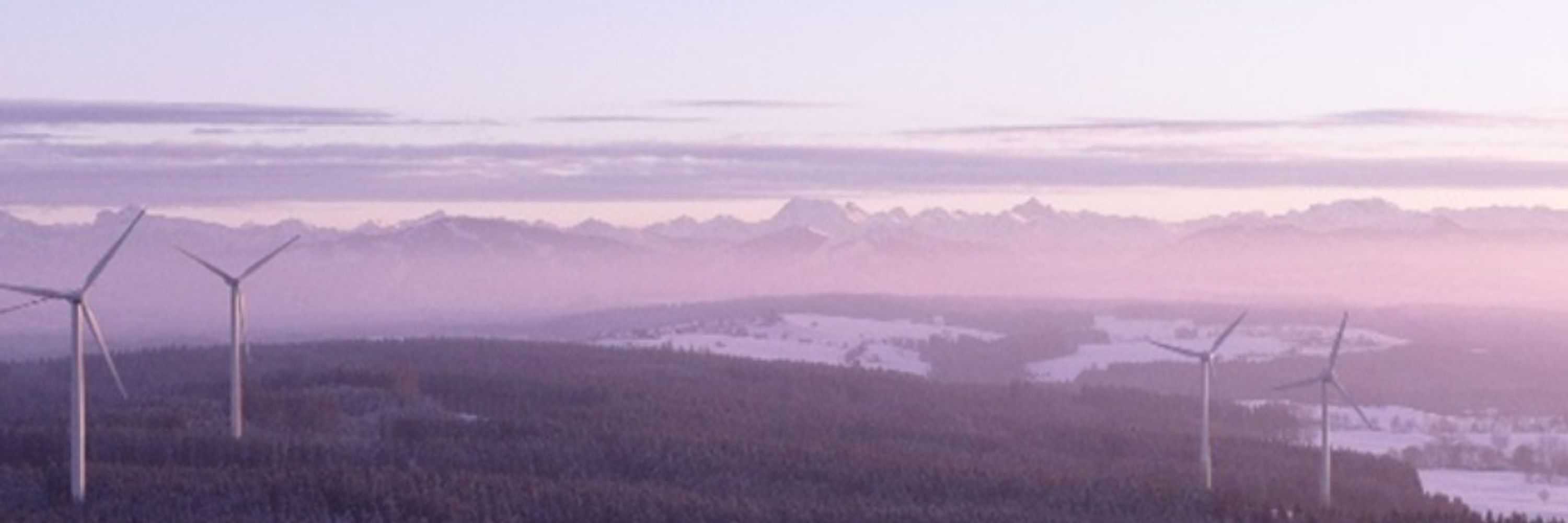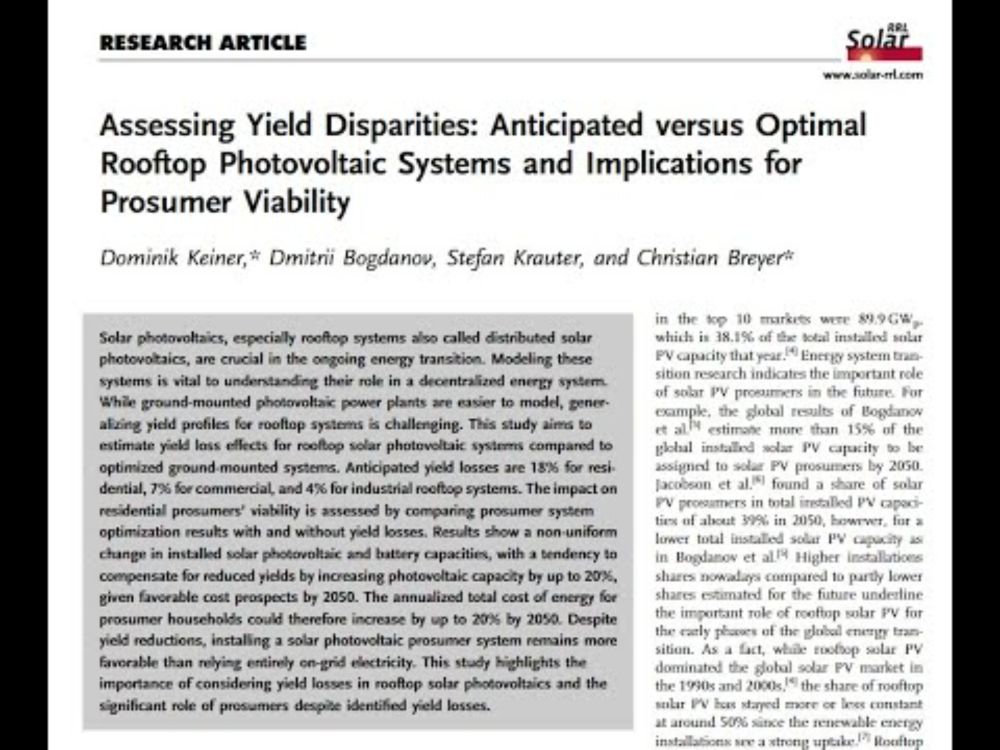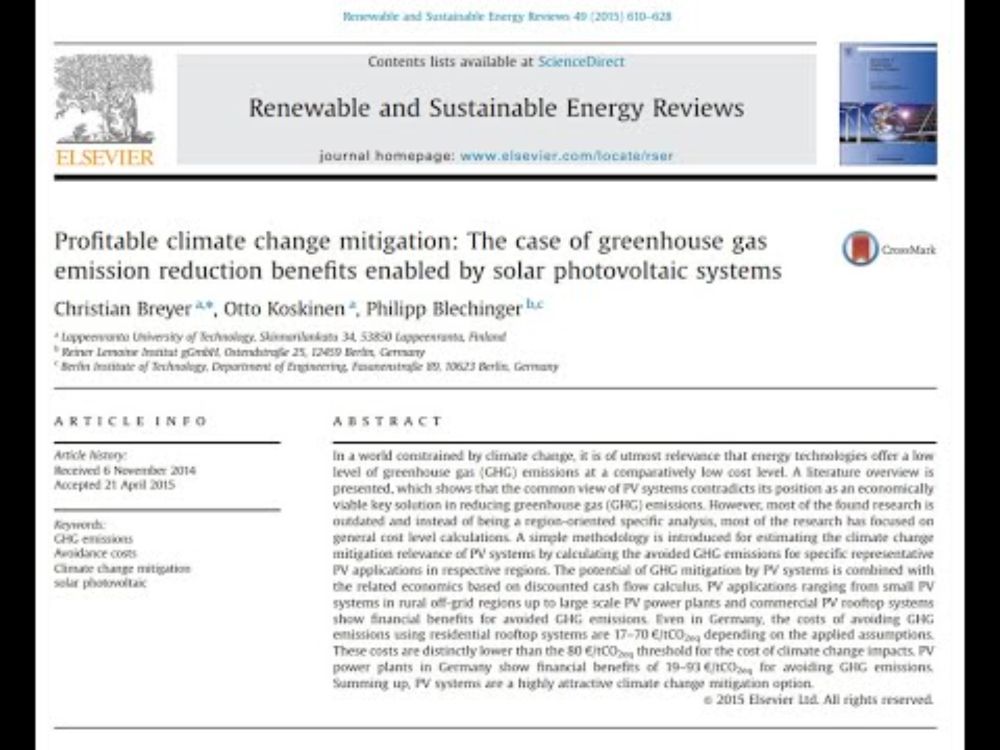
http://youtube.com/watch?v=9jwJWK… -
http://lut.fi -
@lut.fi

@lut.fi
@lut.fi

@lut.fi
@lut.fi

@lut.fi
@lut.fi

@lut.fi
@lut.fi

@lut.fi
@lut.fi

@lut.fi

@lut.fi

@lut.fi
@lut.fi

@lut.fi
@lut.fi

@lut.fi
@lut.fi @dominikkeiner.bsky.social @solarpapst.bsky.social

@lut.fi @dominikkeiner.bsky.social @solarpapst.bsky.social
@lut.fi

@lut.fi

@lut.fi

@lut.fi
@lut.fi

@lut.fi
@lut.fi

@lut.fi
@lut.fi

@lut.fi


@lut.fi @dominikkeiner.bsky.social

@lut.fi @dominikkeiner.bsky.social
@lut.fi

@lut.fi
@lut.fi

@lut.fi
@lut.fi

@lut.fi
@lut.fi

@lut.fi
@lut.fi

@lut.fi

